World Water Day
Water Challenges We Face
World Water Day this week focuses on the importance of water, drawing attention on the subject and how we can help to provide and use this natural resource.
The focus for this year’s event is ‘Nature for Water’ – exploring nature-based solutions to the water challenges we are facing in the 21st century.
Reducing floods, droughts and water pollution
We presently face a number of short and long-term risks relating to our water supply and its behaviour in nature. As such it’s important that we proactively take action to address these problems before they spiral out of control; reducing floods, droughts and water pollution.
Unfortunately, it can be difficult to appreciate how severe these problems really are in more privileged areas with continuous access to clean water and protection from related disasters.
I live and work in East Yorkshire and I do not always appreciate how lucky I am to be able to turn a tap on and have access to fresh clean water to drink, cook and wash in, to have flood defences to protect my home from flooding and a climate which does not present extreme weather conditions.
When my family and I lived in the Italian countryside, we had to have a water hole bored to have water on tap – more like a water storage space in the land or a huge pipe drilled to the water table – and buy in our water by the lorry load every 2 weeks. However, due to the nature of storage, this was used for washing pots, clothes and bathing. All drinking water was bought in the bottle or collected from the local water fountains in the nearest village.
The disparity between these two situations underlines just how insulated some of us are from the world’s water problems. Regardless, they remain relevant whether or not the impact is immediately apparent.
Access to Safe Water
Ecosystems suffering damage affect both the quantity and quality of water which humans drink. Today, 2.1 billion people live without safe drinking water at home; affecting their health, education and livelihoods*1.

Would you like to manage environmental impact as a career? Study a NEBOSH course online with SHEilds!
Sustainable Development Goal 6 commits the world to ensuring that everyone has access to safe water by 2030 and includes targets on protecting the natural environment and reducing pollution.
Water facts
A few water facts worth keeping in mind include:
- Water can be Vapour (air/steam/clouds), ice or liquid.
- Water never sits still and is always transforming between solid, liquid and gas or involved in bio-chemical reactions.
- All living objects on earth require water to exist and function, an average human in the UK is required to consume approximately 2L per day for women and 2.5L per day for men. (https://www.naturalhydrationcouncil.org.uk).
- 71% of the Earth is covered in water in the form of ice, the sea and fresh water.
- 3% of this is inaccessible, so leaves us with access to 97% of all water present on Earth.
- 96% of all water is held in the earth’s oceans.
- 30% of fresh water can be found in lakes, rivers, streams and swamps.
- Over 68% of the remaining fresh water can be found in Ice caps and Glaciers. (US Geological Survey / USGS Water Science School)
Pollution comes in many forms
Water pollution does not just happen in developing countries, it is an issue present throughout the world. Not only does it affect the area you live in (smell/sight negative actions), but also affects community growth and development alongside the physical well-being of the people, animals and plants in the environment affected.
Pollution comes in many forms, which include with 80% of municipal water waste being disposed of into water bodies untreated. Elsewhere, industry is responsible for dumping millions of tonnes of heavy metals, solvents, toxic sludge and other wastes.
Agriculture also discharges large quantities of agrochemical matter, drug residues, which affect aquatic life ecosystems (high production of harmful algae’s) as well as affecting human health and reproduction.
Who is affected?
Exactly who is affected by the damaging activities listed above?:
How are humans affected?
How are humans affected by water pollution?:
Damage to ecosystems and natural environments
Not only does it affect the planet by making living things ill, with the damage to ecosystems and natural environments, we can expect to see more natural disasters such as floods, droughts, desalination of the sea, affects in temperature on a global scale and change in predicted weather patterns.
I remember being sat in my geography class in senior school and the teacher saying in 20 years’ time our UK winters would be wetter and warmer. At the time I did not think this was true and thought it was just the teacher spinning a story to keep us interested, but as it was shown over the years, the UK weather over the winter has generally become warmer and wetter.
With there being 7,632,819,325 people present on the earth, and an approximate growth of 1% per year, this increases the strain on environments with homes, the waste from the homes (water, non-degradable waste, industry waste and water-based waste), the sustainability of resources to care for and maintain communities.
This has also lead to higher levels of pollution, use of resources, change in weather patterns and failing of crops alongside the melting of polar ice caps which decrease the salination of the seas and change the currents (e.g. Gulf Stream) which affects the Jet stream patterns.*2
Solutions
There are many solutions which have been suggested as well as already practised by millions of people of differing levels. Unfortunately, they will not reverse the damage already done on their own.
As responsible Humans who are caretakers of the earth and its inhabitants, we must act and maintain what resources we currently have; protecting the sources of water that we can access while introducing new ideas and processes which can manage waste and recycling options for the consumption of water.
How can we help?
How can we help? Firstly, I believe we should educate ourselves with what the benefits of water are and how we can preserve it for use by future generations.
We should not take it for granted in the Western part of the world as we are the lucky ones. We need to realise that everything we do has a response and a reaction. We need to learn a balance.
Humans need to develop a way in which we can live a balanced life with regards to what we take and what we give back in return. Small changes made by lots of people can have a huge impact, which might be seen several thousand miles away. The reductions of plastic usage may decrease the floating sea of plastic in the Caribbean, and we all know how beautiful their waters are without this visual blight.
In many cases the solutions need to be made at organisational or national level, but even on the small scale we can all help a little with accumulated results that make a difference. To do your part you might consider:
Organisations who support and provide solutions
Want to find out how you can do more? Check out the following organisations who support and provide solutions:
www.waterday.org – Look at nature to provide solutions to various water-based issues. Plenty of information and projects which can be checked out.
www.wateraid.org – Fund raising charity which help via projects to supply fresh clean water access to many people in other countries outside the EU.
www.waterprojectsonline.com – Case studies and water project reviews from 2002 – UK based.
https://thewaterproject.org – Project based in Africa who help with provision of safe water sources.
https://water.org/our-impact/ – This gives ideas and sources of water projects throughout the world.
Why H20 rules.
Why H20 rules?
Water – H2O is known as the solvent of life and also a universal solvent due to its ability to dissolve many chemicals.
The Human body is made up of over 60% water. The brain and muscles are 75% water and bones are approximately 22% water.
A human can live for up to 4 weeks without food but will only survive without a clean source of water for approximately 10 days depending on the environmental conditions.
Water can exist as a solid, liquid or gas. It is constantly changing through the cycle of water to evaporation and transpiration. It is the most common substance to be present in these 3 states in a normal terrestrial environment.
Clouds are floating ice crystals, which – when fall and melt when coming towards earth.
Water provides no calories or organic nutrients, but is essential for life to happen and be maintained.
Water is one of only the few liquids that expands when it moves to its solid state (Ice). This accounts for why ice floats on liquid water and bursts frozen pipes.
Water can go from solid to gas, missing out the liquid phase – sublimation.
Frogs are the only living creature to smell water, as it is odourless. But Living creatures and humans do have an inbuilt sense which allows us to decide if it is good enough to drink.
Water can be used to assist in the heating of your home, produce electric, put out fires on small and large scales and provide us with a relaxing or exhilarating recreational time.
Water is known as a purifier in many religions and has held high esteem as being one of the four elements along with fire, earth and wind.
Wherever you are and whatever you do on March 22, make it about nature, water and our future.
Gill Phillips
NVQ Assessor
SHEilds Ltd
Sources:
*3 https://friendsoftheearth.uk/natural-resources/13-best-ways-save-water

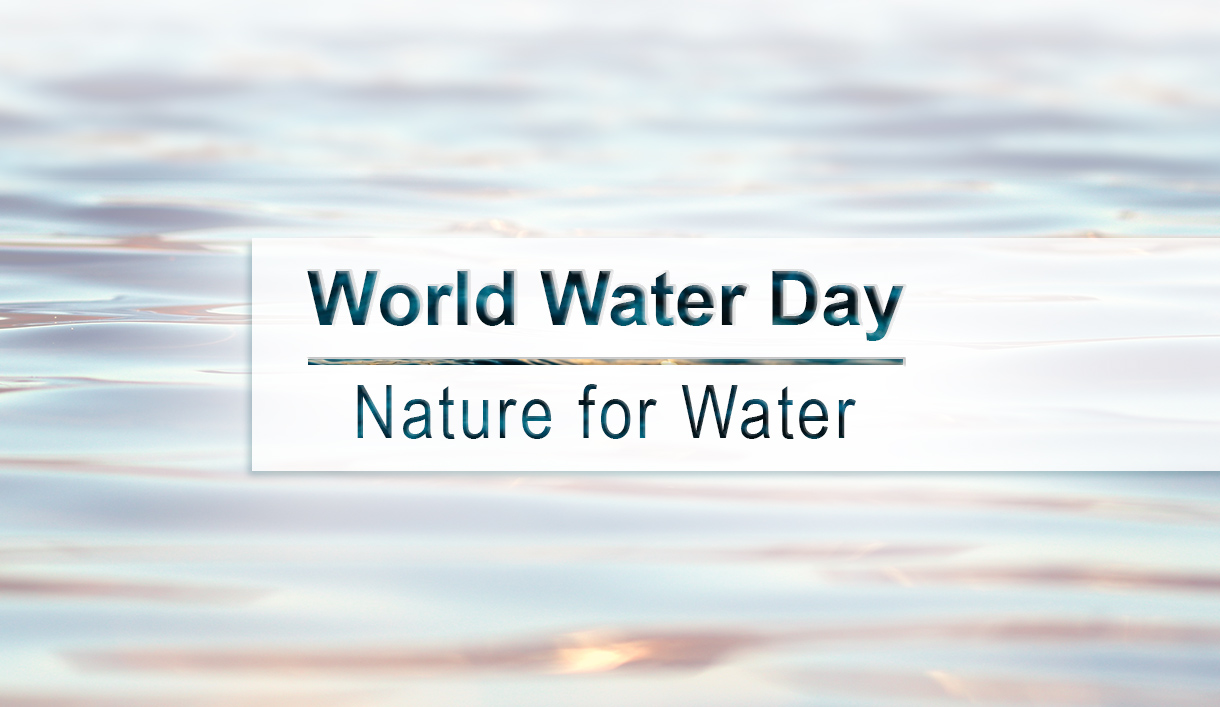
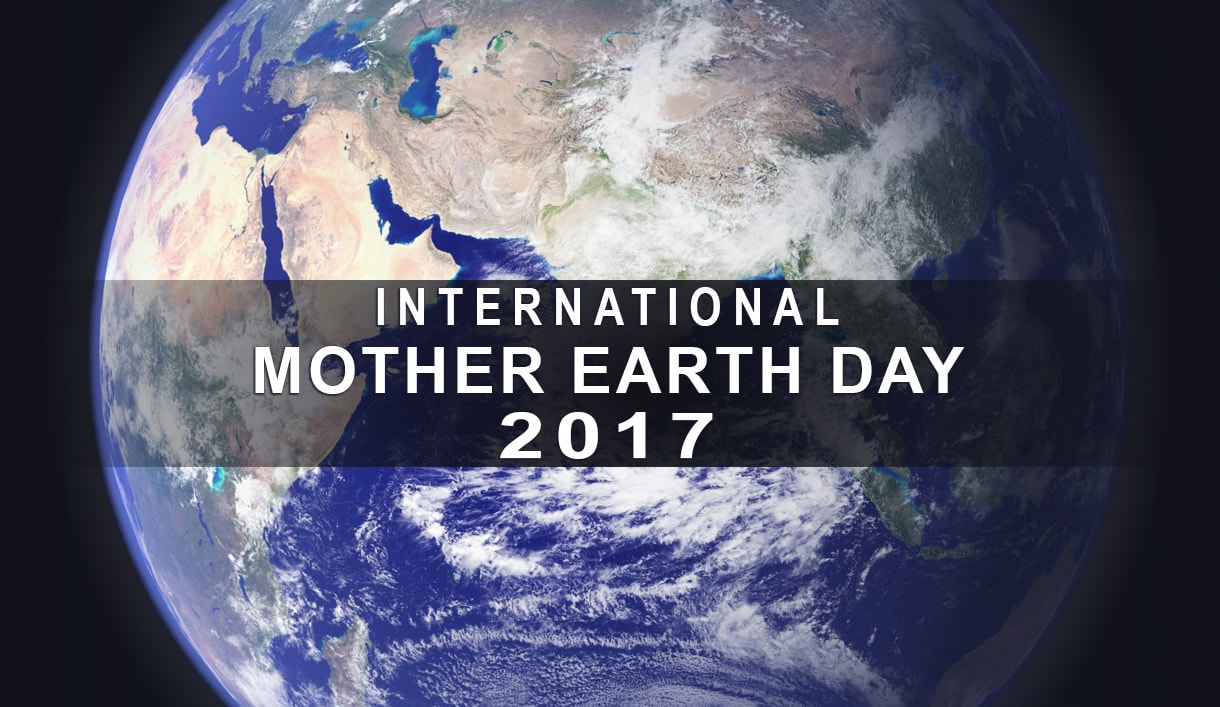
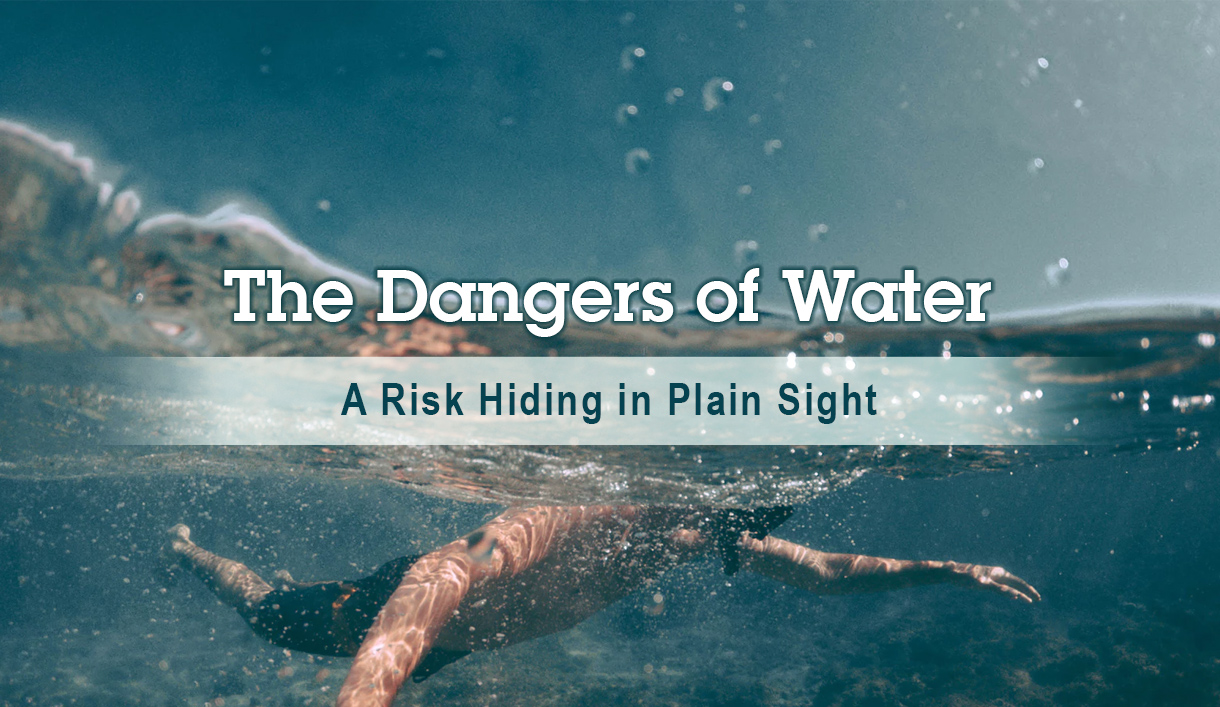
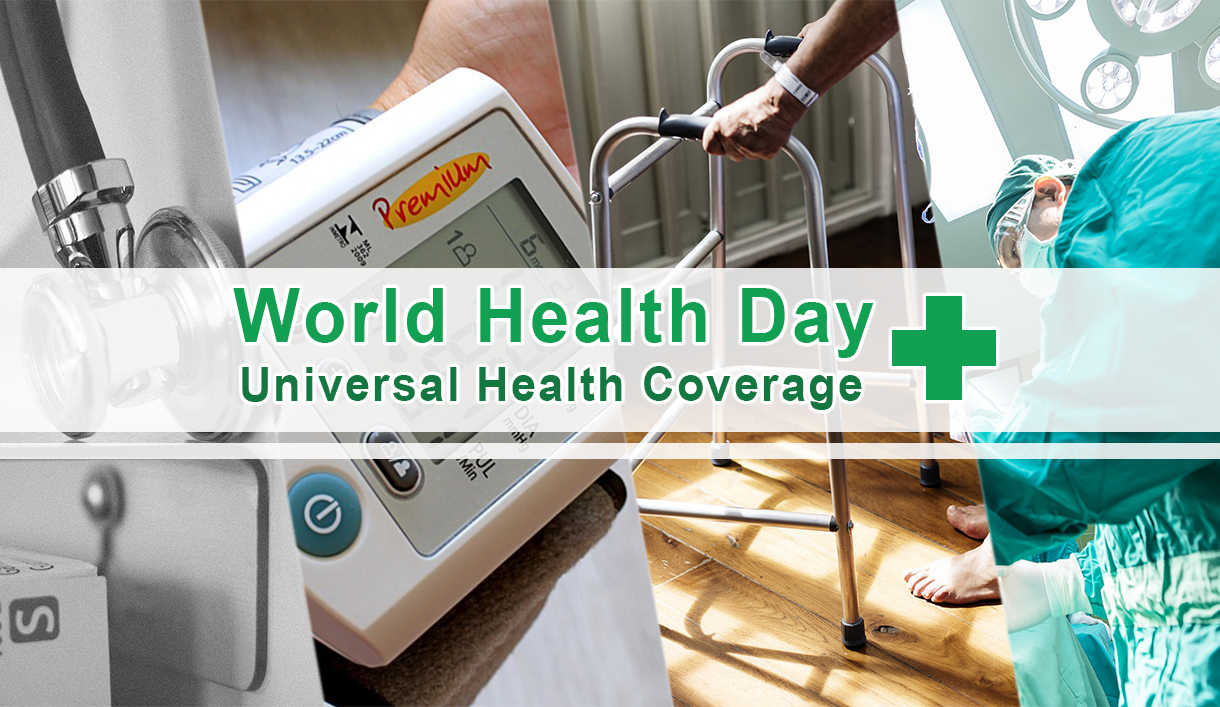
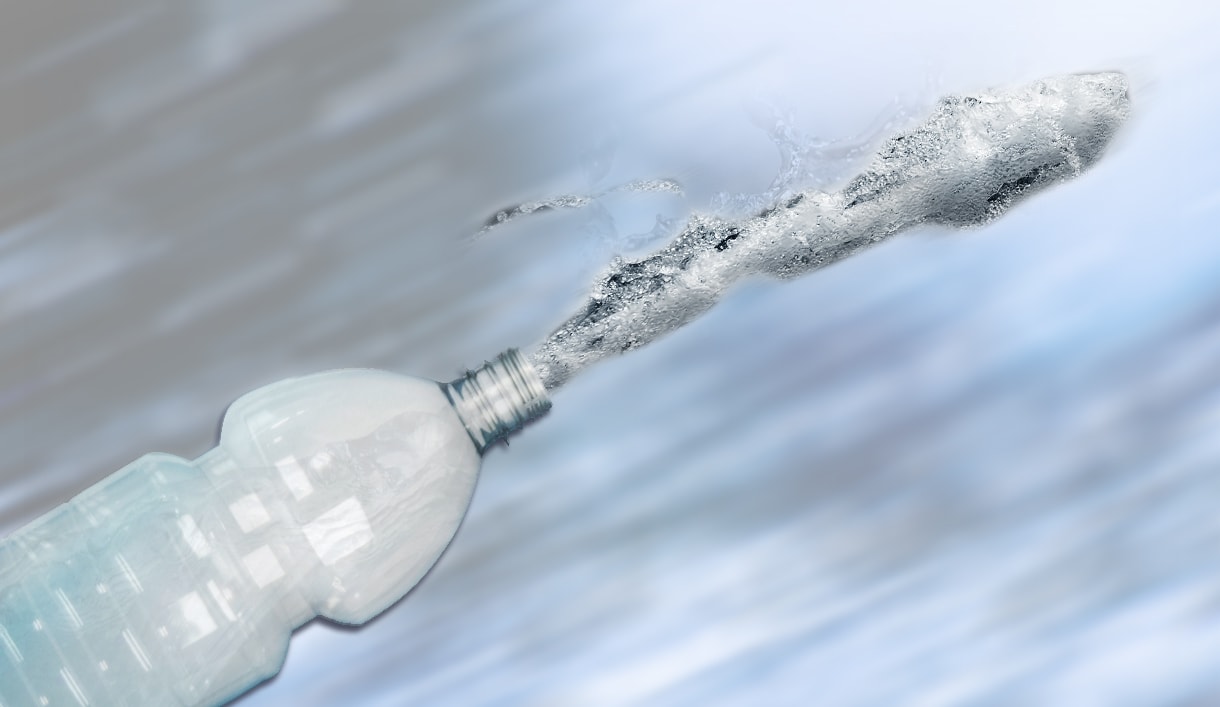
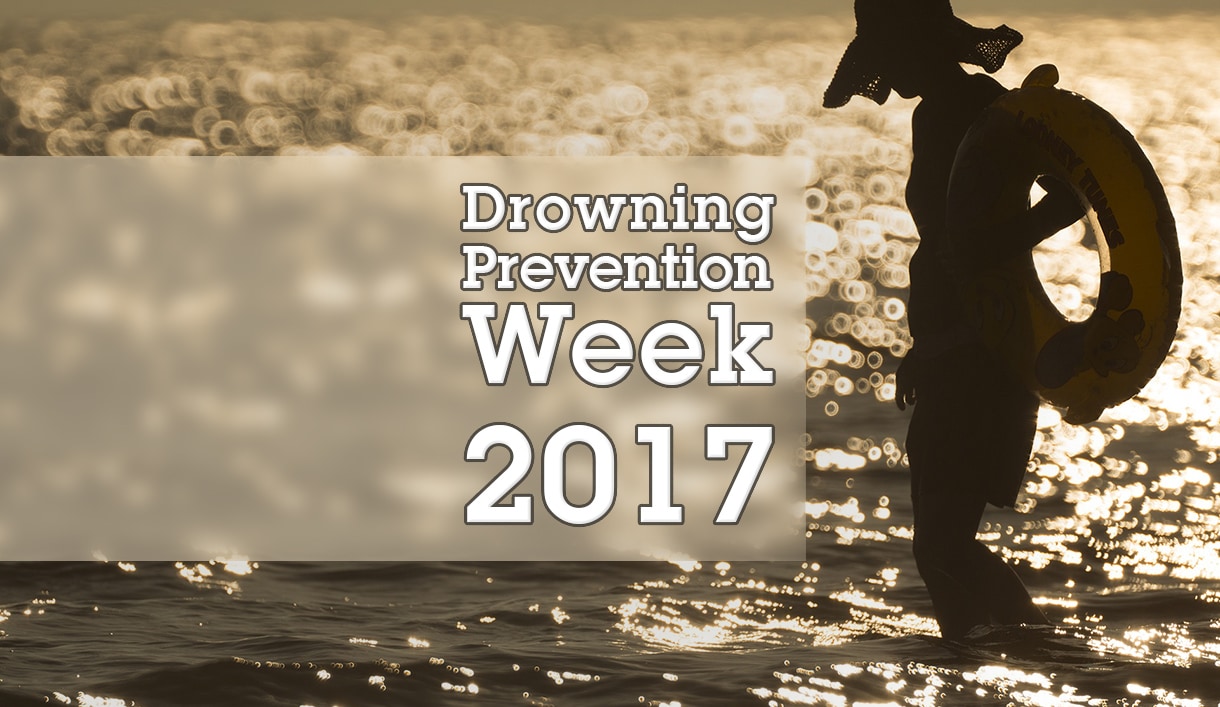
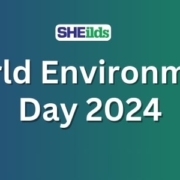
Leave a Reply
Want to join the discussion?Feel free to contribute!